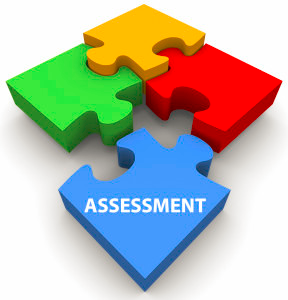A few days back one of my friends shared that he takes a decision to hire within the first fifteen minutes of the interview and then takes the rest of the time to prove his own decision otherwise. While this is just an example of one idiosyncratic practise, I am sure there are a dozen that exist there. A lot has been said about how flawed and biased interviewing actually is.
So how does one hire with the higher probability of success?
Let’s begin with re-examining the purpose of interviewing. I believe we interview to assess a person’s “ability” to do “a job”. The answer to this science or art as you may like to call it lies in these two key words – “ability” and “job”.
Therefore, it begins with defining and understanding the job. Though large number of organisations do a great job in defining the technical specifications of the job but are unable to think beyond these skills.
Let’s take an example of an analyst job. Hiring managers do a fantastic job detailing out the technologies and tools that will make any prospect successful. However ask them to list down behaviours responsible for creating success, many hiring managers struggle beyond listing the obvious ones of meeting timelines and communication skills. In my opinion, the reasons for their inability to think beyond the obvious ones is certainly not their lack of competence but absence of a mind-set or absence of thinking in detail about behaviours that create success for an analyst. To elaborate this more, an experienced hiring manager will add competencies like ability to influence/persuade others, shaping opinions, challenging established views, giving presentations, explaining things simply, ensuring accuracy and keeping to the schedules.
Having examined the details of the job, the next step in the hiring process is to shortlist people who may have the ability to exhibit the described behaviours. Ability is a combination of an individual’s inherent talent and intrinsic intent to behave in a particular fashion. In other words ability is also referred to as an individual’s natural or preferred working style.
The real challenge lies in knowing an individual’s natural style. This is where assessments are transforming the hiring practises.
So how do assessments work?
Described simply, all prospective candidates are given a set of multiple choice and forced choice questions to determine their natural style. The idea is to understand what do they like doing and what choices will they make, under constraints. Their responses are checked for consistency and accuracy to ensure they have responded to these questions with candour and not tried to game the assessment. Most of the assessments have algorithms built at the back end and have also been tested for their statistical validity and predictability. The output report is in form of describing a candidate’s natural strengths and areas of opportunity. The assessment report should then be studied in context of the behaviours that are essential for the job to arrive at a hiring decision.
Explaining it in the context of the above example of an analyst, let us assume two candidates (A and B) applied for this position and took the assessments. The assessment report of A indicates that their natural strengths lie in acquiring knowledge, skills and applying specialist knowledge, inventing new approaches and anticipating trends, while the assessment report of B indicates the natural strengths in the areas of building relationships, actively networking, negotiating, shaping opinions and explaining things. It is a no brainer that B is better suited for the role of an analyst. Since we hired B for their inherent natural strengths, the likelihood of their being successful is higher as B will be playing to their preferred style of working.
The inventors of these assessments recommend making hiring decisions based on a combination of competency based interviewing and assessing their technical knowledge, and studying the assessment results in context of the jobs being recruited for.
The use of assessments in the hiring process is still very nascent. The reasons for this are many. Though cost continues to be a driving factor but the biggest huddle lies in the conditioning of interviewer’s mind-set, who rely on their own opinions to decide rather than a tool to aid their hiring decision.
I am sure as the assessments gain maturity and more data and success stories become available, the day is not too far when personal interviewing will become passé, till then let’s continue to interview and hope that our opinions formed during interviews remain as accurate as possible.

